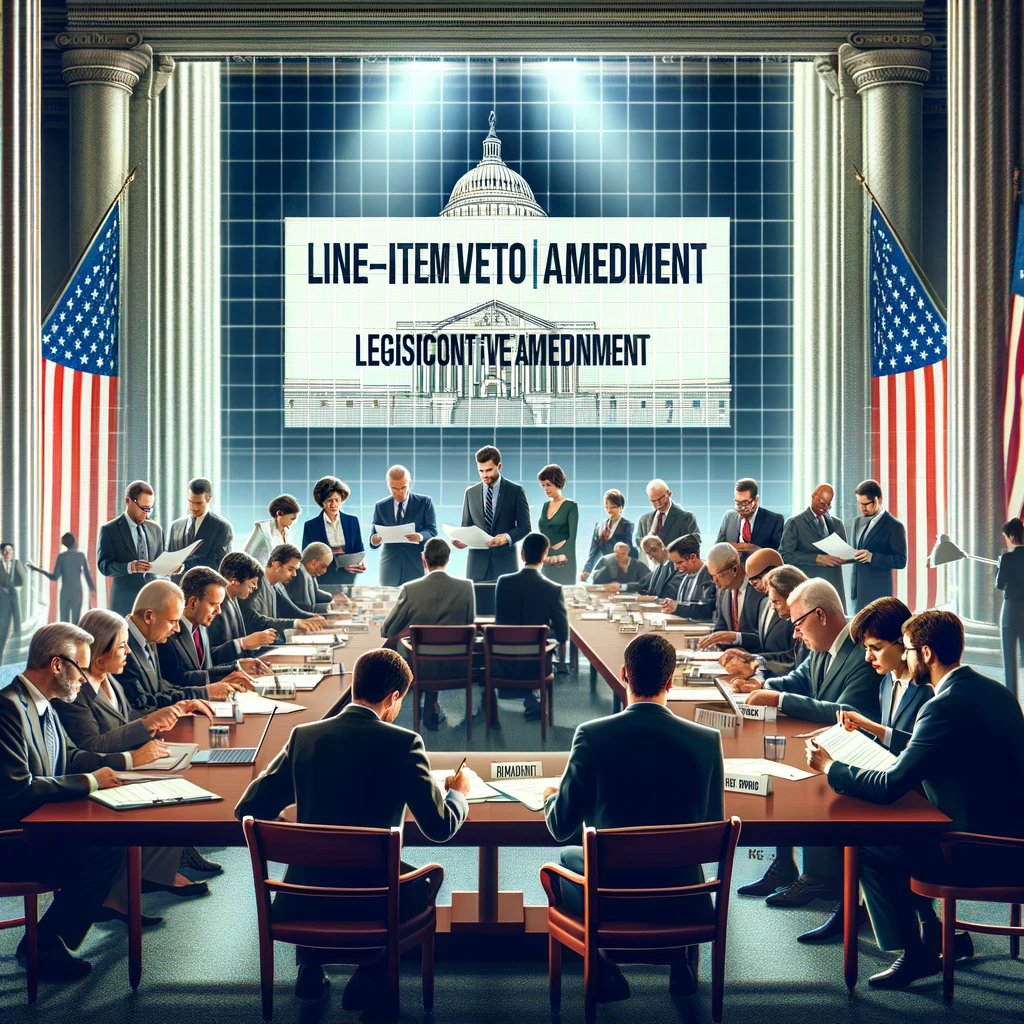The discussion around implementing a line-item veto in the federal government highlights a crucial aspect of political reform, aiming to refine the legislative process and curb unnecessary spending.
Introduction to the Line-Item Veto

A line-item veto grants the power to reject specific parts of a bill without discarding the entire legislative proposal. This mechanism is common at the state level, with forty-four states empowering their governors with some form of line-item veto. However, at the federal level, the President must accept or reject bills in their entirety, lacking the nuance of partial vetoes.
The Case for the Line-Item Veto
The line-item veto is seen as a tool to eliminate superfluous spending from bills, often included as earmarks or pork-barrel spending, which can dilute the bill’s primary objective. Advocates argue that such a veto would allow good legislation to proceed while excising wasteful expenditures.
Historical and Legal Context
The Line Item Veto Act of 1996 briefly granted this power at the federal level before being struck down by the Supreme Court in Clinton v. City of New York. The Court ruled that such a veto violated the Presentment Clause of the Constitution, indicating that any change to veto powers must come through a Constitutional Amendment rather than statutory law.
Arguments in Favor of the Line-Item Veto
Proponents argue that a line-item veto could:
- Deter frivolous spending additions to legislation.
- Enable the President to remove unnecessary spending, evidenced by President Clinton’s use of the veto to cut over two billion dollars from the federal budget.
- Allow the President, representing the entire nation, to ensure that laws and spending reflect national, not parochial, interests.
Counterarguments and Concerns
Critics contend that a line-item veto could:
- Upset the balance of power between the legislative and executive branches.
- Be deemed unconstitutional without a formal amendment to the U.S. Constitution.
- Lead to potential abuses of power, with the veto being used to penalize political adversaries.
Conclusion: The Need for a Constitutional Amendment
To overcome legal hurdles and implement a line-item veto effectively, a Constitutional Amendment is necessary. This change would provide a legal foundation for the veto, potentially streamlining governance and reducing wasteful government spending.






